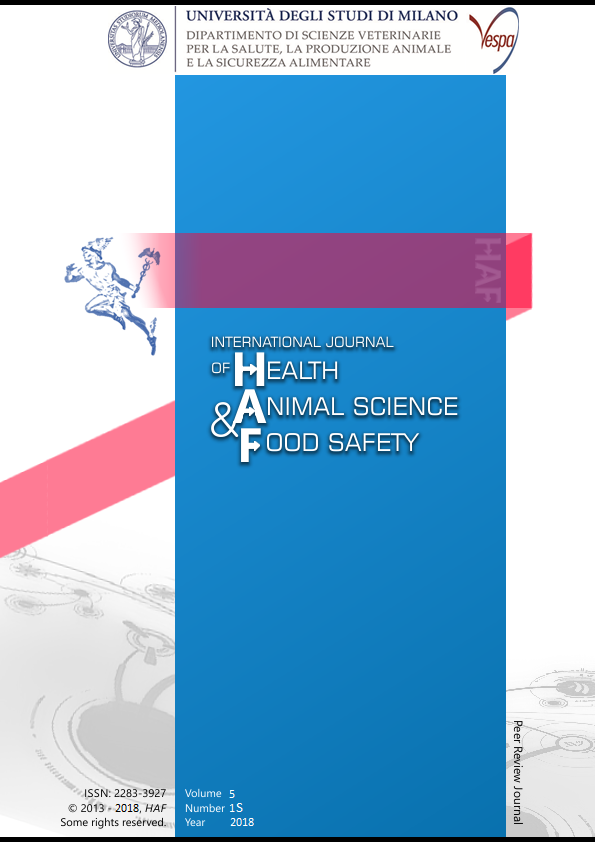Abstract
Introduction
The current 30% of canine perinatal mortality (Tonnessen et al., 2012) claims the need to deepen the knowledge about this phase, characterized by long-term hormonal and metabolic changes, that could benefit of long time-frame methods of investigation, reducing the quantity of samplings and respecting animal welfare (Veronesi et al., 2015). Therefore, blood, saliva, urine and feces, being invasive and providing punctual information, are not appropriate matrices.
Given that sexual steroid hormones were reported to have an influence already from the perinatal period (Frey et al., 2017), in this work 17-β-Estradiol (E2) and Testosterone (T) concentrations were assessed from the claws of dogs up to 60 days of age.
Material and Methods
Ten male and 10 female puppies, viable and healthy, born by elective cesarean section, were enrolled. Samplings were performed by trimming claws at birth, and the regrowth at 30 and 60 days of age. Then, E2 and T concentrations were analyzed by RIA (Veronesi et al., 2015) and a possible effect of gender evaluated.
Results
All the hormonal claws concentrations showed a significant (p<0.001) drop from birth to 30 and 60 days of age, while no significant changes were observed between 30 and at 60 days of age (Table 1). No influence of the newborns’ gender was found.
Discussion and Conclusions
Because of the high levels of E2 and T observed at birth and at 30 days of age, it could be supposed that a source of production could be the placental and maternal compartments. However, the direct involvement of the fetus itself could not be excluded, given the reported accumulation from the nail capillary bed of those hormones (de Berker et al., 2007) and the production of sexual steroid hormones by feline fetal gonads (Braun and Jewgenow, 2017).
Riferimenti bibliografici
de Berker, D.A., André, J., Baran, R., 2007. Nail biology and nail science. International journal of cosmetic science. 29, 241-75.
Braun, B.C., Jewgenow, K., 2017. Expression of steroidogenic enzymes and steroid receptors in foetal gonads of domestic cat-Sex similarities and differences. Reproduction in domestic animals. 52, 130-136.
Frey, A.J., Park, B.Y., Schriver, E.R., Feldman, D.R., Parry, S., Croen, L.A., Fallin, D.M., Hertz-Picciotto, I., Newschaffer, C.J., Snyder, N.W., 2017. Differences in testosterone and its precursors by sex of the offspring in meconium. The Journal of steroid biochemistry and molecular biology. 167, 78-85.
Tønnessen, R., Borge, K.S., Nødtvedt, A., Indrebø, A., 2012. Canine perinatal mortality: a cohort study of 224 breeds. Theriogenology. 77, 1788-801.
Veronesi, M.C., Comin, A., Meloni, T., Faustini, M., Rota, A., Prandi, A., 2015. Coat and claws as new matrices for noninvasive long-term cortisol assessment in dogs from birth up to 30 days of age. Theriogenology. 84, 791-6.
This work is licensed under a CC BY-SA 4.0 international

